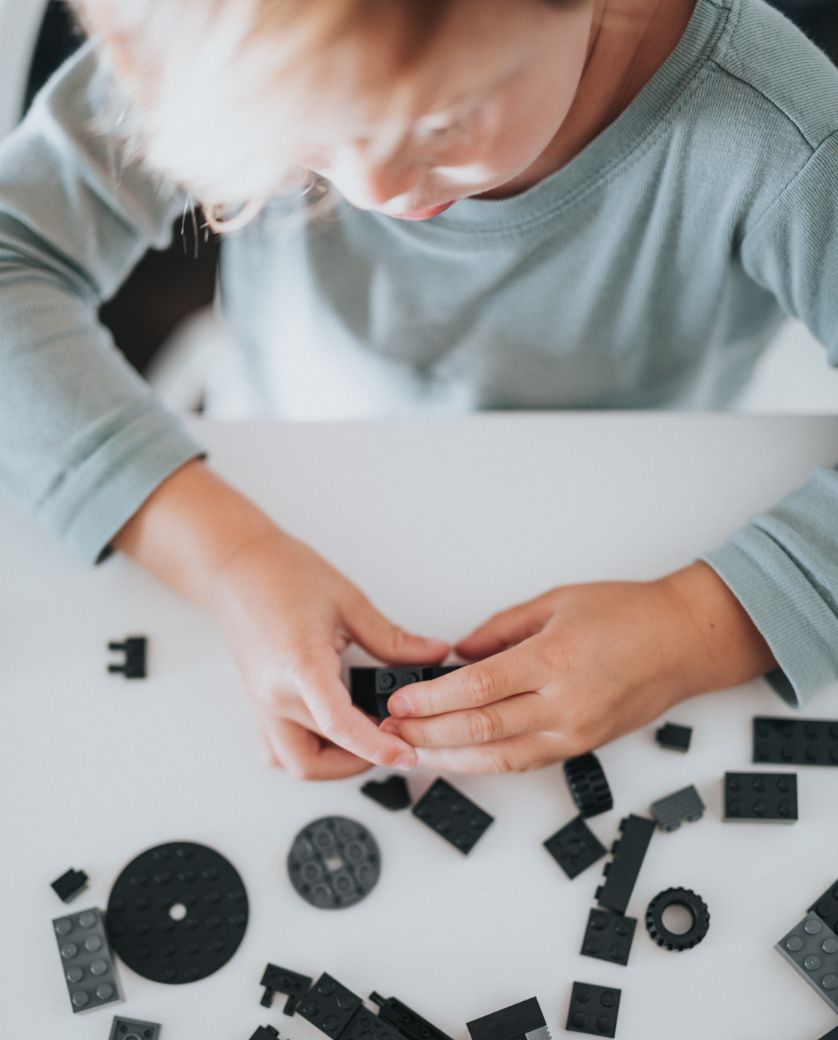Your questions on sensory equipment for Autism answered
Sensory equipment is designed to help people with autism manage their sensory processing needs. Sensory equipment for autism can include weighted items, sensory integrated tools, tactile toys, visual sensory tools, auditory equipment and can be incorporated into whole spaces designed specifically for people with autism.
At Maple, our goal is to empower you with the information you need for you or your loved one living with autism to live the most fulfilling life as possible. For that reason we share with you all the knowledge and experience we have acquired about what sensory equipment is most common, what might work for you and how the NDIS can help you to achieve your goals.
Are you or a loved one eligible for NDIS funding?
What is sensory equipment for autism?
Many people on the spectrum experience either hypersensitivity (over-responsiveness) or hyposensitivity (under-responsiveness) to sensory stimuli. The right sensory equipment can help to regulate their sensory input, this can help them to relax, focus and calm down after experiencing a sensory overload.
The sensory needs of you or your loved one can vary greatly and what works for one person may not have any effect on another. It is important to work with your occupational therapist or a specialist in sensory integration to help you to identify the most effective sensory tools and strategies for you. They can also help you to safely integrate these tools into your daily routine and therapeutic activities.
What are the different sensory equipment for autism?
There are different types of sensory equipment, some that might work better than others depending on your unique needs. Some common types of sensory equipment for people living with autism include:
- Weighted items such as blankets, vests and lap pads. These provide deep pressure stimulation that can be calming and comforting. Blankets can help to improve sleep quality, while lap pads can be used during the day to provide constant grounding pressure.
- Sensory integration tools such as balance boards, swings and trampolines. These can help with vestibular processing and can improve balance and spatial awareness as well as providing proprioceptive feedback and be a fun way for children to experience sensory input.
- Tactile toys such as fidget toys or textured toys and mats. These can help improve concentration, provide a way to channel energy or anxiety as well as offer experiences that can be soothing or stimulating depending on your needs at the time.
- Visual sensory tools such as lava lamps, fibre optic lamps, liquid motion bubblers and light projectors can create a visually calming effect or visual stimulation that can be both engaging and relaxing. They can be particularly beneficial in a sensory room or calm down space.
- Auditory equipment such as noise cancelling devices are great tools for those who are hypersensitive to sound, helping to block out overwhelming or distracting noises. Alternatively music therapy tools can be used to provide auditory input in a controlled manner.
- Oral sensory tools such as chewable jewellery and toys are designed for those who seek oral sensory input to help reduce anxiety and improve focus. textured teething tools can be great for younger children who are in need of oral stimulation.
- Sensory rooms or corners can be a whole designated space equipped with sensory tools tailored to a specific child or adult's needs. It can include soft lighting, comfortable seating, and a selection of chosen sensory equipment for self-regulation.
What are NDIS consumables?
Sensory equipment is likely to fall under NDIS consumables which is part of the core supports category in your NDIS plan. NDIS consumables refer to the helpful equipment we use regularly in our daily lives that we need to purchase or replace often. This can include the sensory equipment we mentioned above, but it can also include personal care and safety items, mobility aids, and communication tools.
If you need access to NDIS consumables, you’ll need to have funds allocated specifically for these items under “consumables”. If your plan is self-managed or plan managed, you have the flexibility to purchase these consumables from any retailer of your choice and submit a payment request from the NDIA. Don’t forget to keep all your receipts. If your plan is NDIA managed they will purchase from NDIS registered providers only and manage the reimbursement for you.


How can I apply for sensory equipment with the NDIS?
If you believe you could benefit from different forms of sensory equipment, the NDIS can help you to access funding to cover the costs of these devices. First of all, determine the types of sensory equipment that works best for you, as the more precise information you can provide, the more likely you are to be approved for funding.
Discuss your need for the equipment in your NDIS planning meeting to ensure it is included in your plan. The NDIS will likely categorise your sensory equipment under assistive technology or NDIS consumables and divide them into different complexity levels which can help to determine how it will be funded.
Our team at Maple is here to guide you through the process of receiving sensory equipment through your NDIS funding. Reach out to us today to find out more about sensory equipment for autism.
How much funding can you get from NDIS?

The Maple Commitment
Enquire Today
Whether its a query about the services we provide, or just a general enquiry, we would love to hear from you!

